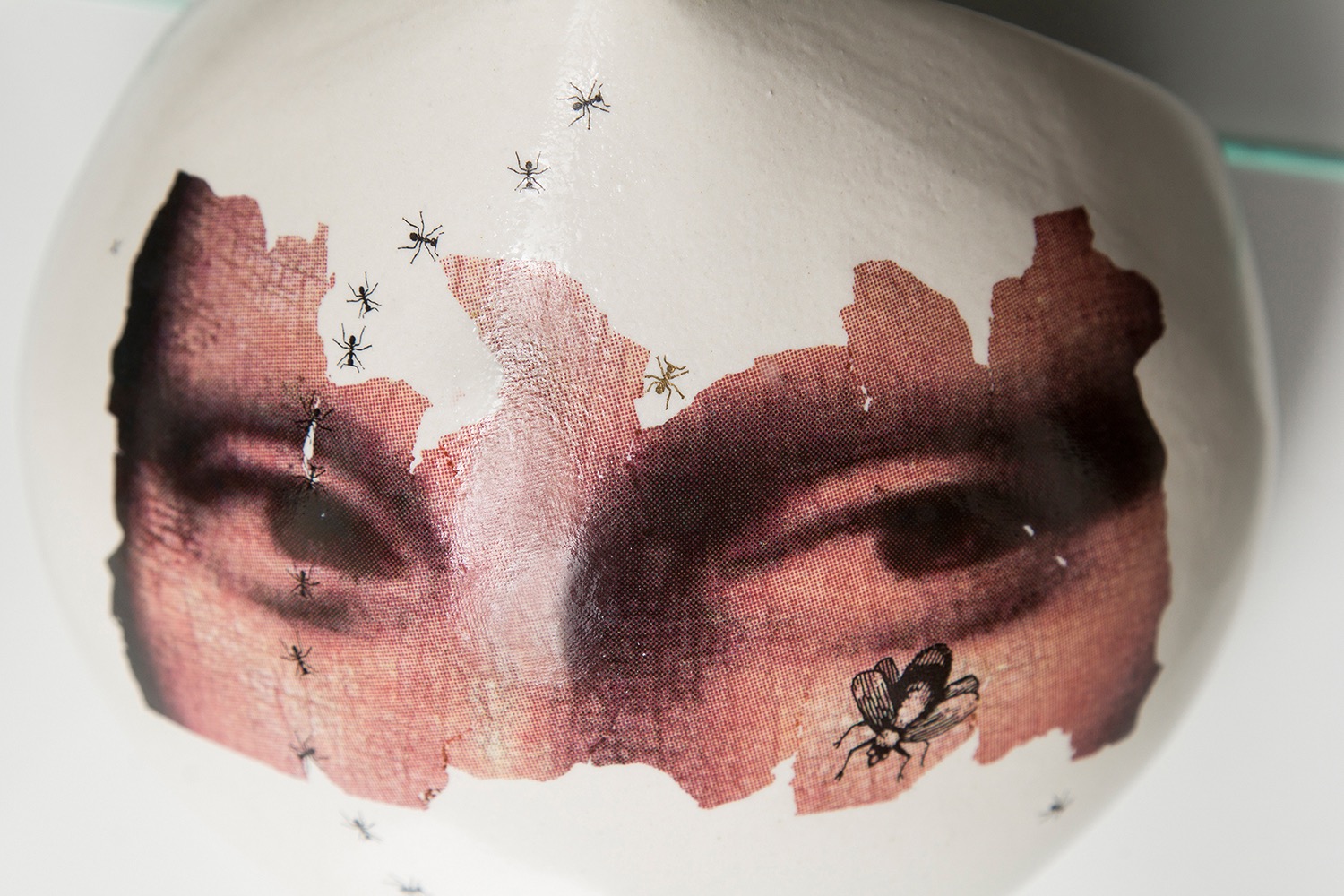Almost by chance, Elizabeth Dychter came to ceramics to dazzle with her work.
How did your journey with ceramics begin? Had you had other artistic experiences before?
My journey with ceramics began quite casually and, in hindsight, in a pretty amusing way. I was very young when my father-in-law moved into my house. I decided I had to get away from him because he was very demanding. Two blocks from my home, I saw a sign at the Asociación Española del Socorro Mutuo de Belgrano that read: “Ceramics lessons, Prof. A. Jones.” And I walked in. It was 1988. The following year, I joined Alejandra Jones's private workshop. Before and while I was learning how to work with ceramics, I studied textile art with Rosa Chernoff, which I abandoned later to stick with clay.
Were you self-taught, or did you have teachers who initiated you into this artistic journey?
As I mentioned earlier, my teacher was Alejandra Jones. I have never felt the need to change workshops because I believe Alejandra was the best teacher I could have ever found. She is extremely generous with her knowledge and has an unparalleled human touch.
Does the choice of raw materials condition or determine the type of work? Or the process is the other way around?
Until I ventured into porcelain around 2012, I had never even thought about whether the material influenced the type of work I would create. It was simply a matter of letting my hands touch the clay and allowing the images to emerge.
Today, working exclusively with Parian porcelain, I would say it absolutely conditions me. I need to know beforehand what I want to create to figure out how to build it.
What are the themes that inspire or move you?
For most of my life as a ceramic artist, my recurring theme was the Holocaust. As the daughter of a survivor, I felt the need to convey my father's experiences through my work. I believe that life and death is what inspires me. For example, my series Tetas (Breasts) is about breast cancer. Nowadays, my colorful waves in the series Colapso (Collapse), made of Parian porcelain, is about disasters and resilience.
Any plans for the rest of the year?
My plans for the rest of the year include studying 3D programming and continuing to experiment because I have a significant project coming up in Italy next year involving a 3D printer.
